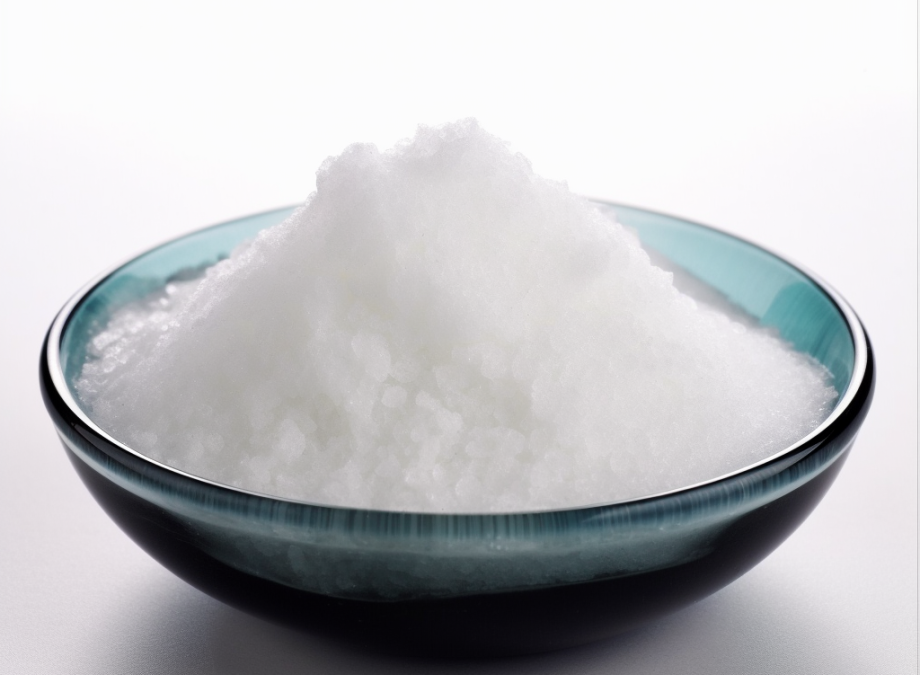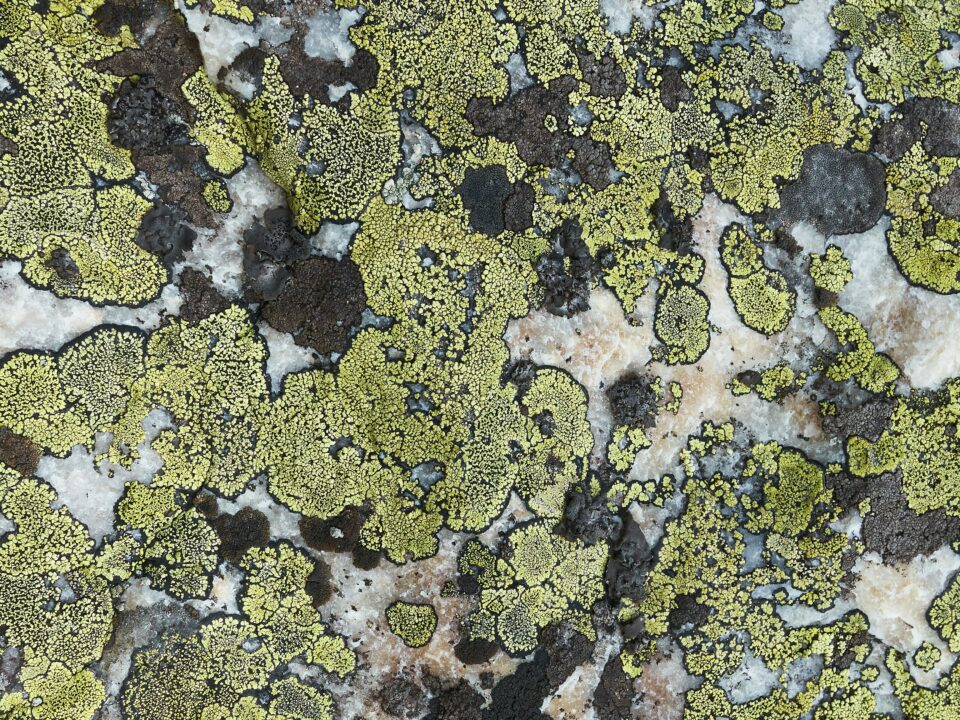
Sorbic acid, also known as 2,4-hexadienoic acid, is a straight-chained monocarboxylic acid. It was first isolated by German chemist A. W. Hoffmann in 1859 through the distillation of unripe berries from the Sorbus aucuparia (mountain ash tree). This process yielded parasorbic acid, the lactone of sorbic acid, which was then hydrolyzed to convert it into sorbic acid. Sorbic acid can also be synthetically produced using alternative methods.
Although sorbic acid was isolated in the mid-1800s, its antimicrobial properties were not discovered until the late 1930s. Since then, extensive research has been conducted to examine the effectiveness and safety of sorbic acid as a preservative. It became commercially available for use as a food preservative in the late 1940s and has since gained approval for food preservation in almost all countries worldwide.
Sorbic acid has been employed as a preservative in cosmetics since the early 1960s. It is predominantly used in the formulation of leave-on and rinse-off products, including facial and eye makeup, skincare items, and hair products.
As a preservative, sorbic acid effectively targets small populations of common microorganisms that may be present in cosmetic products manufactured under hygienic conditions.
Preservatives have acquired a negative reputation in the cosmetic and skincare industry due to claims that they pose health risks. As a result, many organic and natural beauty brands often advertise their products as “preservative-free.” However, preservatives are necessary in most products to prevent microbial contamination and degradation caused by environmental factors such as heat, light, and air.
Cosmetics and personal care products, especially creams and lotions packaged in jars that are frequently opened and applied with fingers, have a high potential for microbial growth and contamination. Contamination can also occur when makeup brushes come into contact with various parts of the face, leading to repeated use and increased chances of contamination. Additionally, leaving product containers open for extended periods can result in inadvertent contamination.
Storage conditions also play a significant role in cosmetic and personal care product contamination. Since many products are stored at room temperature, the warm environment can promote the growth of microorganisms. Moreover, the ingredients used in cosmetic formulations, such as water, oils, peptides, and carbohydrates, create an ideal environment for microbial growth. Microbial contamination can pose significant health problems, ranging from skin irritation to infections.
Considering all these factors, it is crucial to incorporate a robust yet non-irritating preservative in product formulations to prevent contamination and degradation. Sorbic acid fulfils both of these requirements.
The Food and Drug Administration (FDA) has reviewed the safety of sorbic acid and determined it to be Generally Recognized as Safe (GRAS) for direct addition to food. Similarly, the Cosmetic Ingredient Review (CIR) Expert Panel has also evaluated the safety of sorbic acid for use in cosmetics and personal care products and concluded that it is safe based on the available scientific data.



